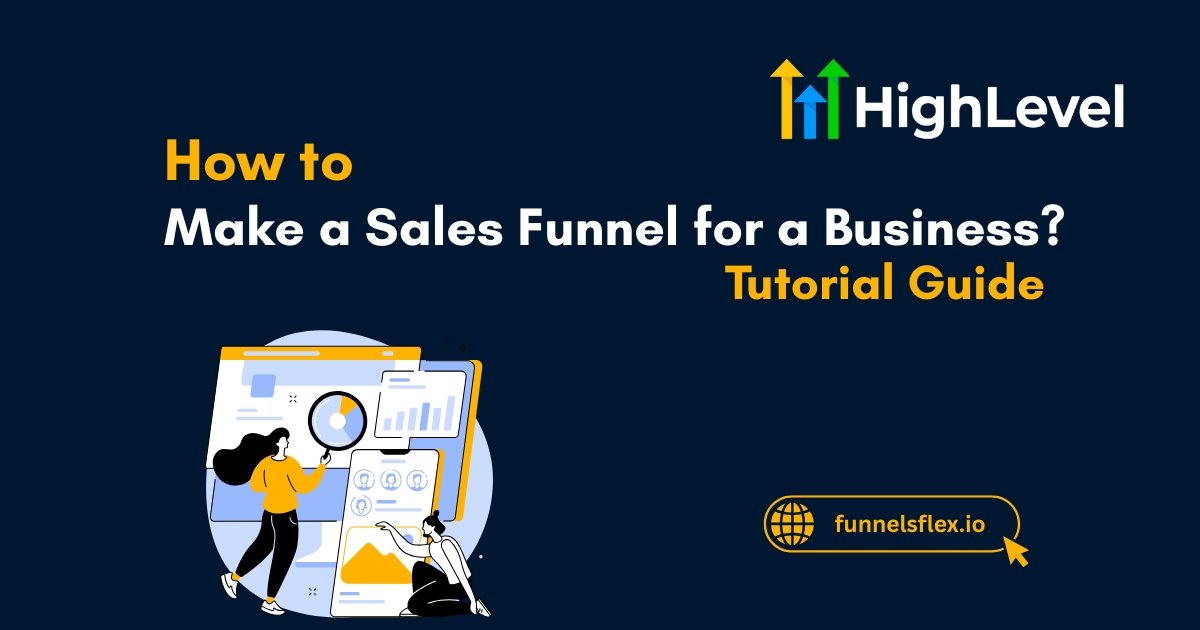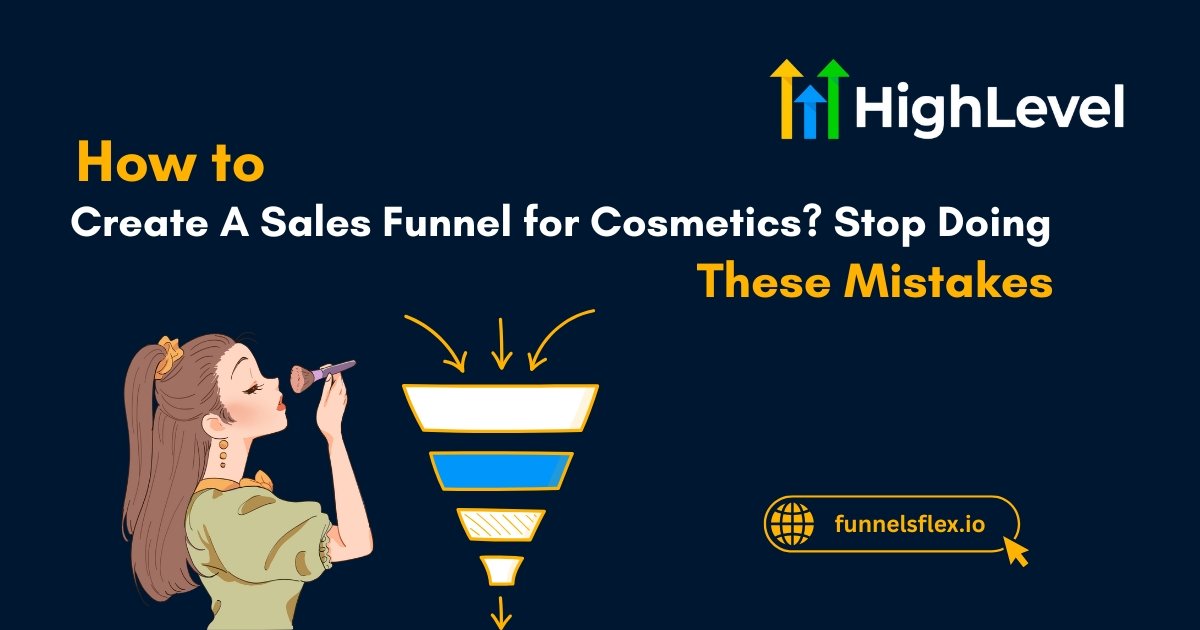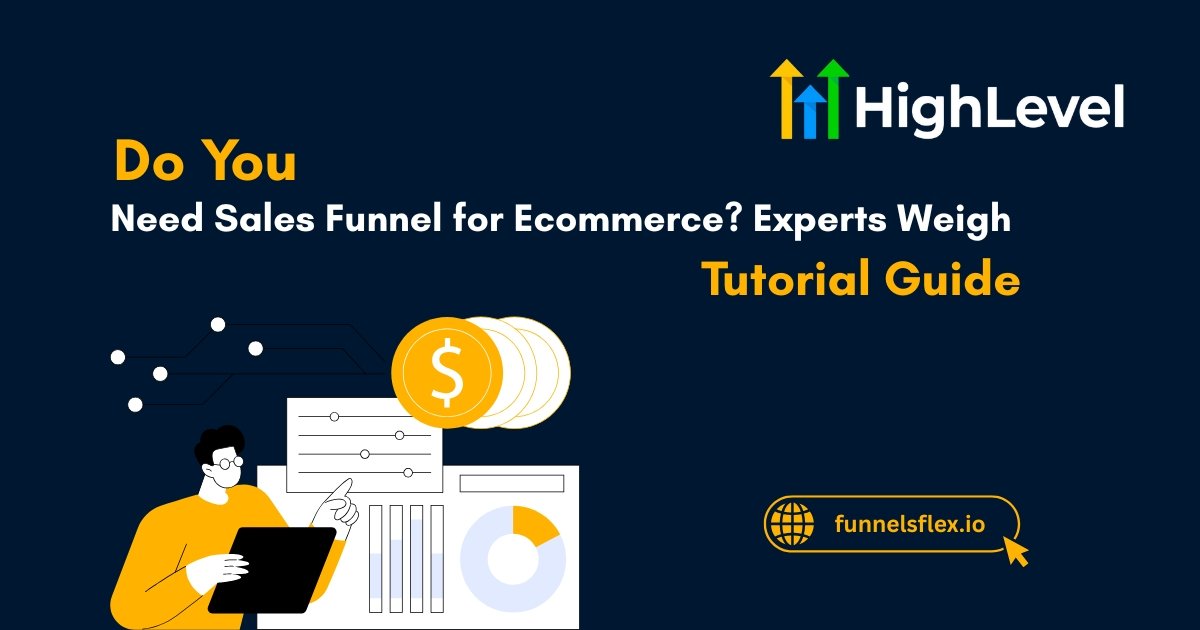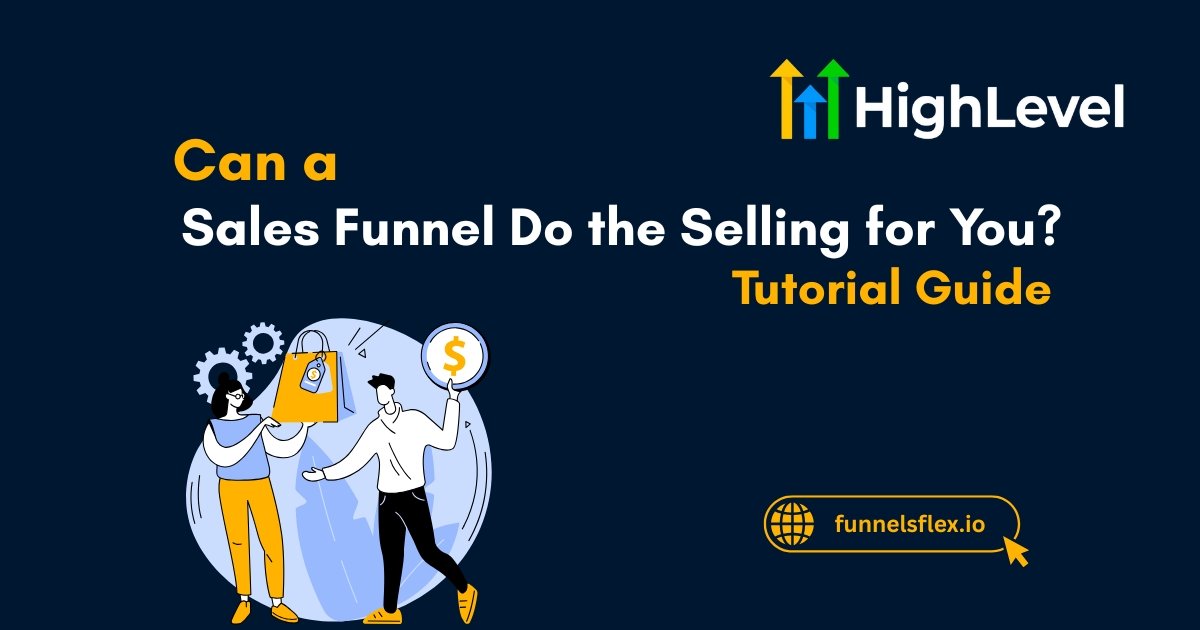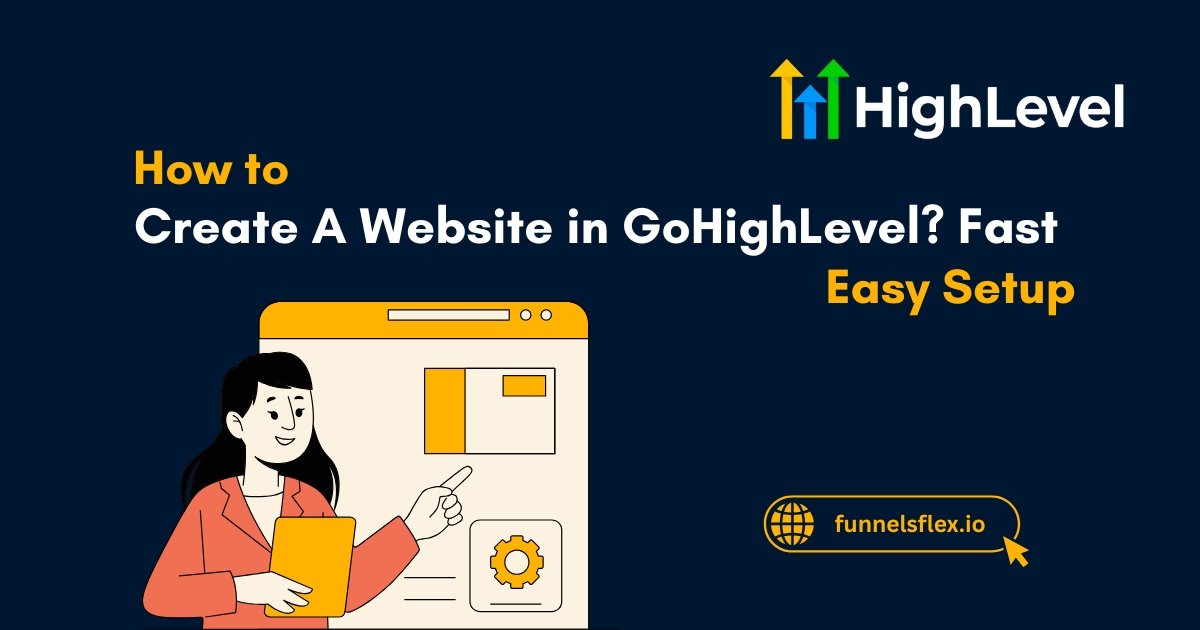How to Make a Sales Funnel for a Business? Tutorial Guide
Every purchase begins with a journey. Sometimes that journey curves through curiosity. Other times it winds around doubt. Without guidance, prospects can lose their way and disappear.
A sales funnel maps this journey, helping you guide potential customers through key stages while also building credibility along the way.
This guide will elaborate on how to build a funnel for your business and nurture a positive relationship with your leads.
Key Takeaways
Need a shortcut? Explore these ready-to-launch funnel templates and start capturing leads right away.
Why Your Business Needs a Sales Funnel
Imagine dropping seeds in random pots without watering. That is similar to running ads or publishing content without a funnel.
People might see what you offer. Yet without a nurturing sequence, they vanish before deciding to buy. A funnel captures those leads and leads them forward. It acts as your silent salesperson, working day and night.
Read this: How to Fill the Funnel with Sales Automation for SMBs? 5-Minute Guide
Key Stages of A Sales Funnel
Remember, you cannot talk to someone who just heard of you the same way you would to someone who trusts your brand.
Here are the key stages of a business sales funnel:
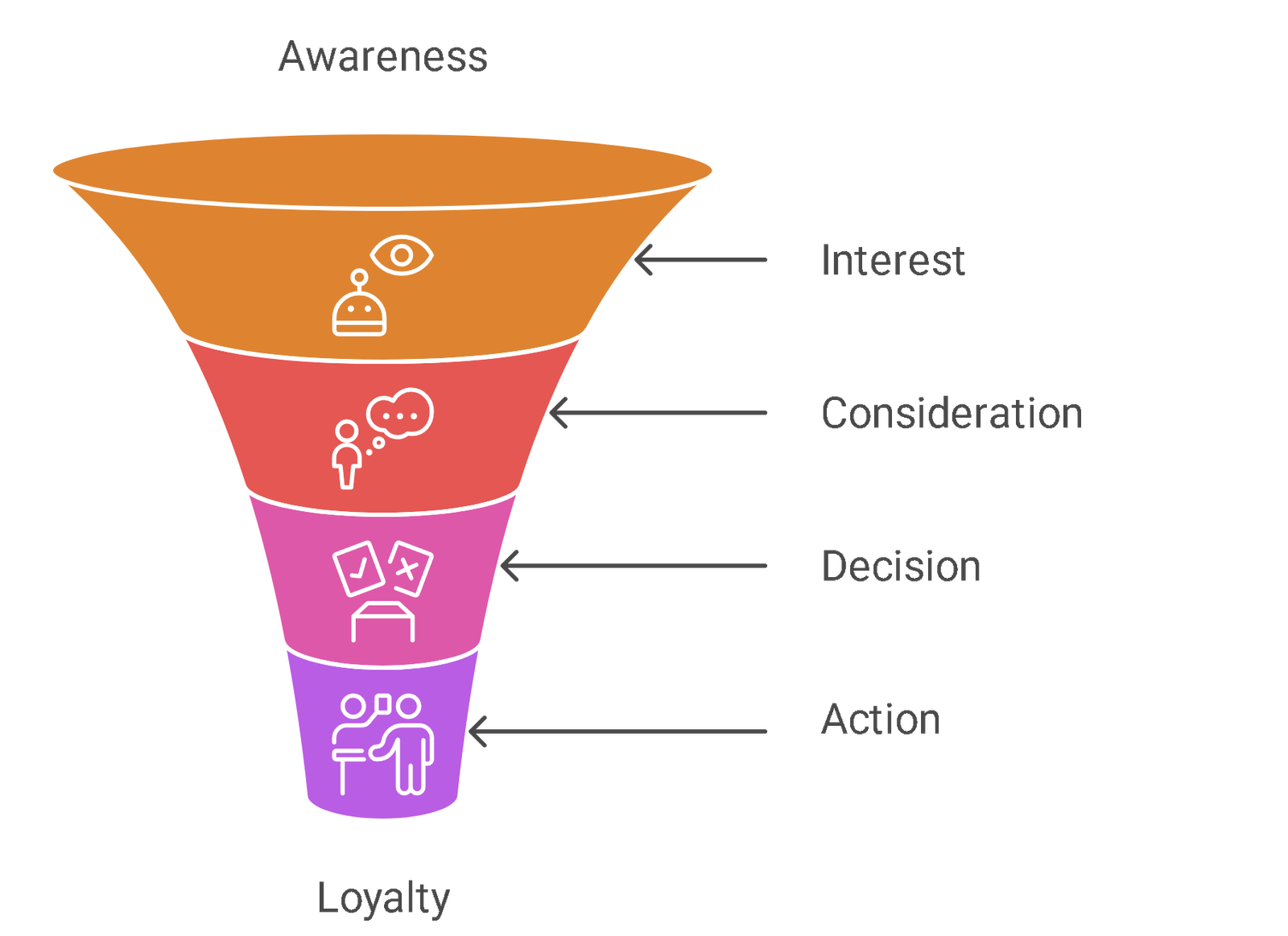
Awareness: Making the First Connection
At this stage, prospects do not know you. They may not even realize they have a need. Your goal is to get noticed.
Create content that addresses their challenges. Use blog posts, videos, social shortcuts to show empathy and awareness of their challenges.
Interest: Holding Their Attention
Once they know you, some visitors will want to learn more. Provide downloadable guides, walk-through emails, or short courses. You are building the bridge from meeting each other to a trusted connection.
Consideration: Helping Them Compare Options
Here, your audience is investigating every alternative. They want proof. Use testimonials, FAQs, and feature breakdowns to show why you stand out. Personal replies and case examples can also tip the balance.
Intent: Spotting the “Almost There” Signs
When someone adds items to a cart, requests a quote, or spends time on pricing pages, they are close to making a purchase. This stage calls for CTAs and limited-time incentives. A helping hand here goes a long way.
Evaluation: Reinforcing Confidence
Even at the last step, doubts can surface. That is why transparent terms, guarantees, and visible support matter now more than ever. You need to show customers that they made a wise choice.
Purchase: Sealing the Deal and Nurturing Loyalty
The checkout is complete. Now send a warm thank-you message. Share how to get started or offer companion resources.
You built a funnel but it is not converting. Try these professionally tested templates made to convert and proven to drive sales.
Pro Tip
Adding a countdown timer on your landing or checkout page creates urgency. It taps into FOMO and nudges hesitant buyers to act faster.
How to Build A Funnel for Your Business
As earlier mentioned, funnels play a crucial role in lead capture. Here is how to build a funnel for your business:
Start With Audience
Know who your customer is and what they care about. Research their goals, worries, and where they hang out online. These insights shape every piece of your funnel.
Create Attention Signals
Write content for awareness like insightful blogs, catchy video clips, quizzes to know their preferences. Ensure your content is actually in audience reach..
Capture Interest
Offer a freebie like checklist, quick solution guide, or mini training. Exchange it for an email address. Begin the conversation.
Nurture With Contextual Emails
Send a sequence of emails sharing tips, client stories, and teaching moments. Keep the tone human. Build trust over time.
Read this: Do You Need a Sales Funnel for Affiliate Marketing? No Sugarcoating It
Encourage the Sale
Show your offer clearly. Provide incentives like bonuses or discounts. Display guarantees. Share support details. Use real customer feedback to reduce hesitation.
Cultivate Loyalty Post-Sale
After purchase, stay in touch. Send setup materials. Recommend complementary products. Encourage repeat business and referrals.
Pro Tip
Leads often bounce when they do not get quick answers. A live chatbot on key pages like pricing or checkout can clear last-minute doubts and keep the sale moving.
What Role Does Automation Play in Funnels
Automation keeps your sales funnels running around the clock. It eliminates the manual repetitive effort on your end. Funnels paired with automation also perform better and vice versa.
With automation, you can send follow-ups and tag leads based on their behavior. It also helps personalize the content for each lead type.
Convert traffic Into sales on autopilot. Choose from high-converting funnels designed for service providers, coaches, and eCommerce brands.


